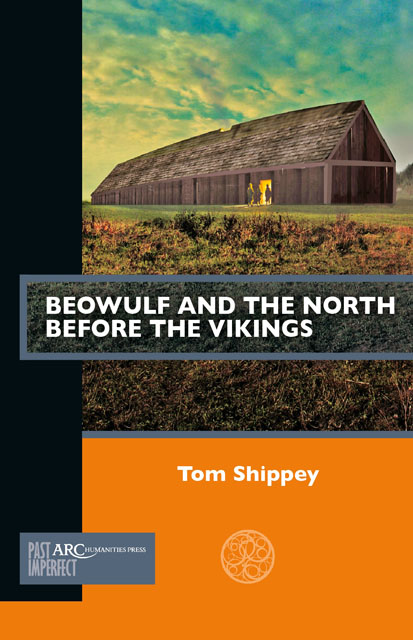Preface and Acknowledgements
Published online by Cambridge University Press: 06 December 2022
Summary
What follows is a challenge to a well-established consensus, which as I argue below was created in large part by Professor Tolkien. It is also in some respects a dialogue with Tolkien, and moreover points to a kind of dialogue between Tolkien young and Tolkien old—a dialogue which has hardly been noticed within the scholarly world. I am happy to have been able to draw attention to some of Tolkien's later views, and I think he too would have been pleased to have this happen.
I am deeply grateful to many scholars for their help and advice, including John Hines, Leonard Neidorf, Rafael Pascual, and Rolf Bremmer, and particularly so to those who advised me in an area where I am at a considerable disadvantage, namely the archaeology of post-Roman Scandinavia. Frands Herschend, Ole Kastholm, John Ljungkvist, and Martin Rundkvist have all been most generous both in answering my questions, which has given me great encouragement, and in sending me materials which I would otherwise never have seen. Translations are my own, unless otherwise stated, but Stefan Ekman and Rory McTurk helped me out with Swedish. Michael Drout, Nelson Goering, and Sam Newton have read drafts, made comments, and saved me from errors.
Such errors as survive are my own responsibility, and I am also aware that the help I have been given does not imply agreement with my conclusions or suggestions, which I know is sometimes not the case. I hope, never theless, that what I have written will encourage others to investigate further what is a notably dark area in both literature and history: though one which has been much and recently illuminated by archaeology.
- Type
- Chapter
- Information
- Beowulf and the North before the Vikings , pp. vii - viiiPublisher: Amsterdam University PressPrint publication year: 2022



